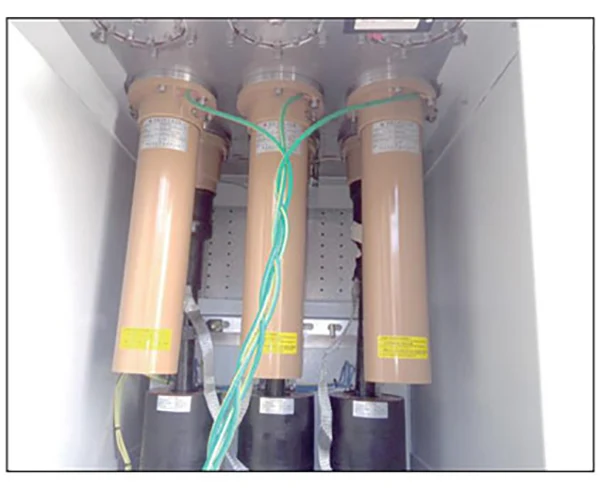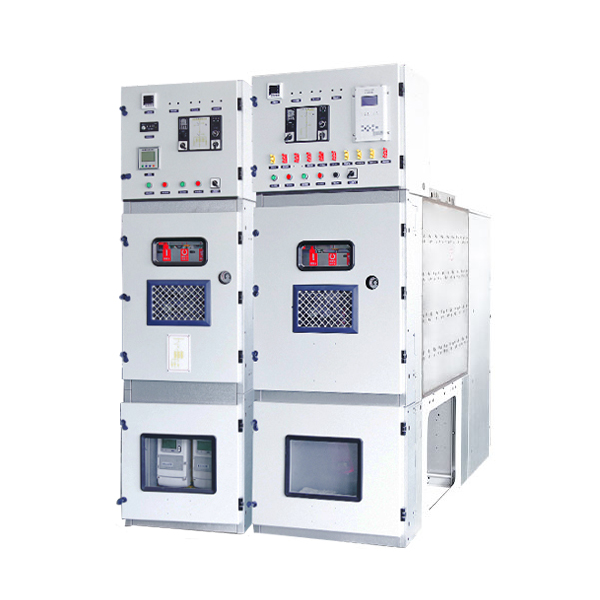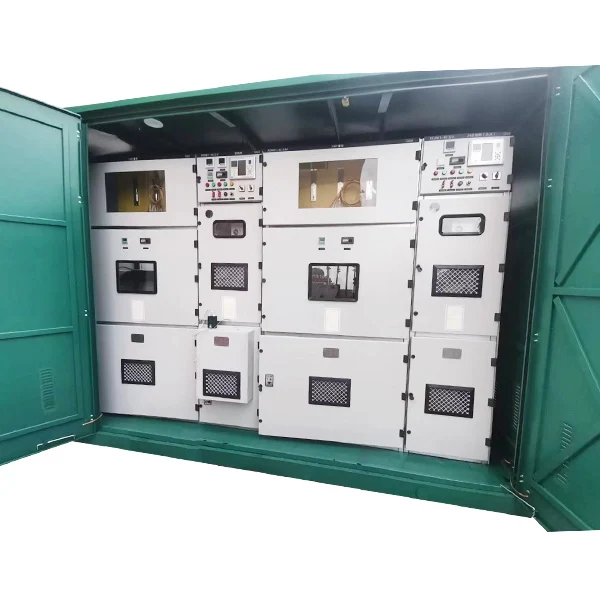40.5kv 2000A High Voltage Sf6 Gas Insulated Switchgear
In recent years, engineering construction has become increasingly intricate due to the growth of society, the economy, and technology. There is a rising trend towards smaller, smarter switch equipment that demands minimal maintenance. Manufacturers, both local and global, are focusing on the development of the 40.5kv 2000A High Voltage Sf6 Gas Insulated Switchgear, also referred to as gas-insulated switchgear (C-GIS). These switchgears house high-voltage elements like busbars, circuit breakers, isolating switches, and power cables within a protective shell with reduced gas pressure.
Model:40.5kv 2000A gas filled indoor electrical switchgear
Send Inquiry
Product Features
1. By using sulfur hexafluoride gas as a shielding and arc extinguishing tool, the dimension of the switchgear can be significantly reduced, leading to a more portable and smaller sized style.
2. The conductive part of the primary circuit, which is highly trustworthy and secure, is secured in SF6 gas, keeping the high-voltage live conductor enclosed and untouched by outside factors. This guarantees lasting safe operation and high integrity of the tools.
3. There is no threat of electrical shock or fire.
4. The switchgear is created with an independent modular framework, with the air box constructed from high-precision light weight aluminum plate and can be dismantled. The isolation switch embraces a linear transmission with three placements. To minimize control relay and circuit confusion, an additional control component with nearly 100 PLC factors is included for grounding, isolation button, and remote procedures. The system button is modular, attaching opening and closing points with plum blossom get in touches with. This eliminates the opportunity of non-operation in the original rotary isolation button and grounding button, settles the issue of unpredictable and too much get in touch with resistance in the original rotating isolation button, and consists of shielding and voltage equalization covers on each contact's outside to resolve partial discharge problems during switch breakpoints manufacturing.
5. The gas-insulated switchgear is convenient to apply and set up. It can be used as an independent system and fulfill numerous primary circuitry requirements with combination. Supplying it to the site as devices can reduce on-site setup and enhance reliability.
Execution standards
IEC 62271-200: 2011 High-voltage switchgear and controlgear - Part 200: AC metal-enclosed switchgear and controlgear for rated voltages above 1 kV and up to and including 52 kV
IEC 62271-102:2013 6.2 High-voltage switchgear and controlgear - Part 102: Alternating current disconnectors and earthing switches
IEC 62271-100: 2017.6.2 High-voltage switchgear and controlgear - Part 100: Alternating-current circuit-breakers
GB/T11022-1999 Common technical requirements for high-voltage switchgear and control equipment standards
GB3906-2006 3.6kV~40.5kV AC Metal Enclosed Switchgear and Control Equipment
GB311.1-1997 Insulation Coordination of High Voltage Transmission and Transformation Equipment
GB/T16927.1-1997 High voltage testing technology Part: General test requirements
GB/T16927.2-1997 High voltage testing techniques Part 2: Measurement systems
GB/T7354-2003 Partial discharge measurement
GB1984-1989 AC High Voltage Circuit Breakers
GB3309-1989 Mechanical tests of high-voltage switchgear at room temperature
GB4208-2008 Code for Degree of Protection Provided by Enclosures (IP)
GB12022-2006 Industrial sulfur hexafluoride
GB8905-1988 Guidelines for gas management and inspection in sulfur hexafluoride electrical equipment
GB11023-1989 Test method for sulfur hexafluoride gas sealing of high-voltage switchgear
GB/T13384-1992 General technical requirements for packaging of electromechanical products
GB4207-2003 Solid insulation materials - Determination of relative and resistance to electrical trace index under humid conditions
GB/T14598.3-2006 Electrical relays - Part 5: Insulation of electrical relays
GB/T17626.2-1998 Electromagnetic Compatibility Testing and Measurement Techniques - Electrostatic Discharge Reactance Interference Test
GB/T17626.4-2008 Electromagnetic Compatibility Testing and Measurement Techniques - Electrical Fast Transient Pulse Group Immunity Test
GB/T17626.5-2008 Electromagnetic Compatibility Testing and Measurement Techniques - Surge (Impulse) Immunity Test
GB/T17626.12-1998 Electromagnetic Compatibility Testing and Measurement Techniques - Oscillating Wave Immunity Test
Test Type
◆ Insulation test
◆ Temperature rise test
◆ Loop resistance measurement
◆ Short-time withstand current and peak withstand current tests.
◆ Verification of making and breaking capabilities
◆ Mechanical operation and mechanical characteristic testing tests
◆ Protection level detection
◆ Additional tests on auxiliary and control circuits
◆ Pressure tolerance test for inflatable compartments
◆ Sealing test
◆ Internal arc test
◆ Electromagnetic compatibility test
Basic Scheme
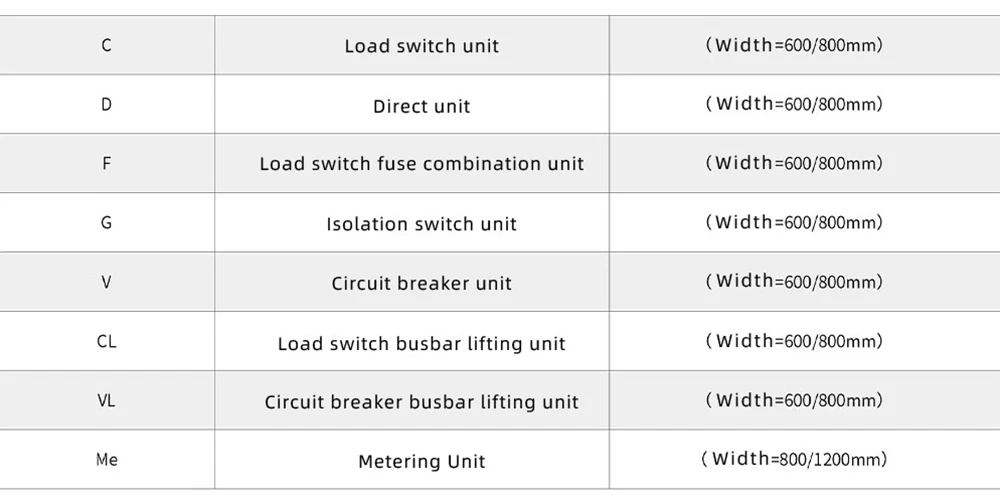

Operation Condition

Technical Parameter
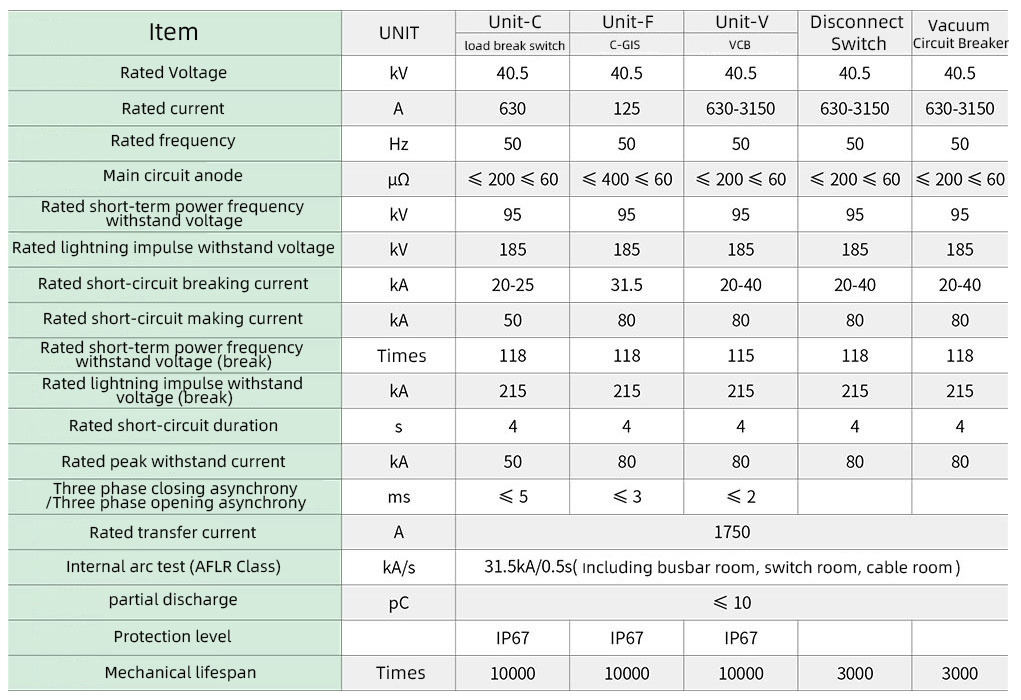
Grounding and Separation
The 40.5kv 2000A High Voltage Sf6 Gas Insulated Switchgear is available in multiple current ratings, including 630A, 1250A, 1600A, 2000A, 2500A, 3150A, and more. The cabinet size can be customized to meet specific needs. It features an outer shell made of aluminum zinc-coated plate and a gas box constructed from welded 304 stainless steel plates. Each unit can be expanded and combined independently according to the design layout. The cabinet is divided into distinct rooms for secondary control, busbars, circuit breakers, operating mechanisms, and cables, with cable connection heights up to 700mm for easier maintenance and installation. Additionally, the cabinet includes a comprehensive grounding protection system. Functional compartments within the switchgear, such as switch rooms, busbar rooms, cable rooms, and secondary circuit channels, are isolated by grounding metal partitions to operate independently.
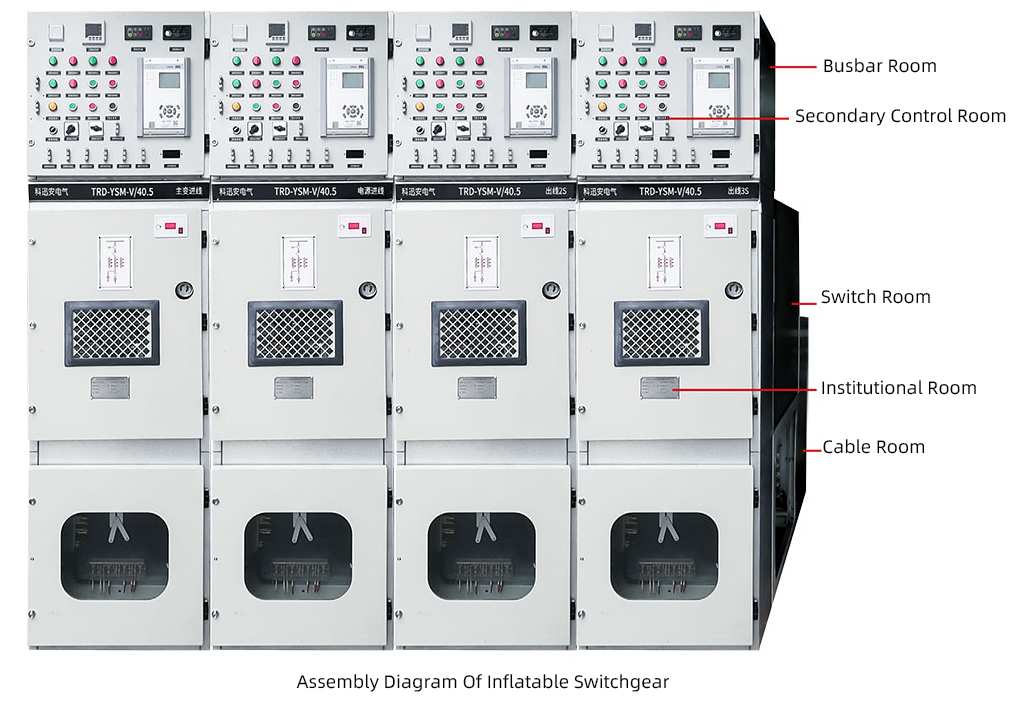
Secondary control room
The cabinet is positioned beneath the secondary control room and features boards for placing components and brackets for securing terminal blocks. In the secondary control room, you can set up different devices like wiring terminals, small busbar terminals, and comprehensive protection devices. These devices facilitate functions like remote control, telemetry, remote signaling, and local monitoring. Circular openings on the side panels and terminals on both sides simplify connecting the cabinet with small busbars.
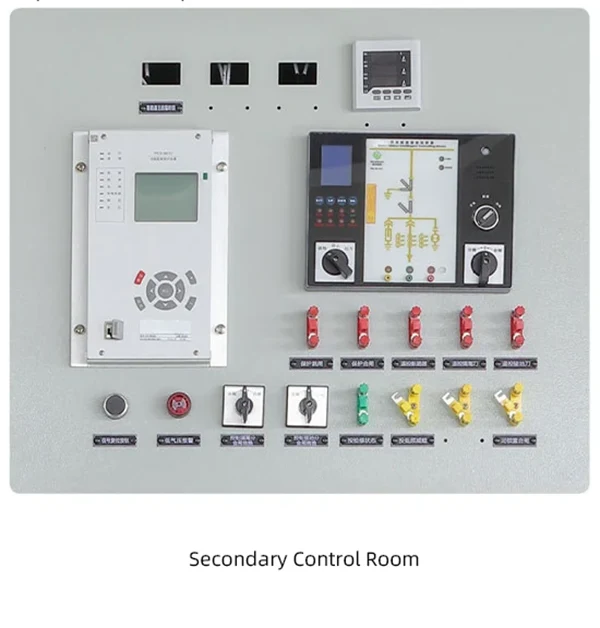
Busbar Compartment
The upper air box houses both the busbar compartment and the isolation mechanism. When the circuit cabinets are positioned on the ground support, they are effectively connected to each other through cabinet merging, with busbars on both sides securely linked.

Switch Room
The 40.5kv 2000A High Voltage Sf6 Gas Insulated Switchgear features a two-chamber design, with one chamber situated above the other, at the center of the cabinet. The upper chamber houses a three-position isolation switch, while the lower chamber contains a vacuum circuit breaker. The busbar, isolation switch, and circuit breaker are arranged vertically. The single-chamber design is straightforward, cost-effective, and simpler to manufacture, but its reliability is lower due to the close proximity of components. Conversely, the multi-chamber design offers high safety by preventing mutual interference between components and enabling easy replacement. However, it is a more intricate, more challenging to manufacture, and pricier option.

Institutional Room
The spring-based mechanism is positioned in a horizontal plane, with the isolation and circuit breaker systems functioning independently of each other. The mechanism is connected to the vacuum arc extinguishing chamber's insulation rod, streamlining the transmission process. This integration also improves the mechanism's output features, which in turn enhances the circuit breaker's opening and closing capabilities, reducing power consumption and improving overall mechanical reliability and adaptability..
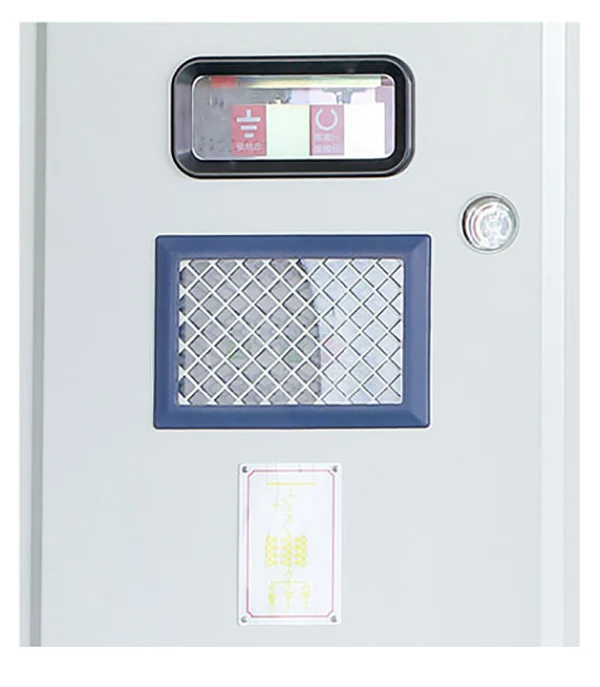
Cable Room
The cabinet is positioned above the cable room, boasting a distinct pressure relief pathway. The space between the ground and the cable connection terminals can reach a height of 700mm. In accordance with regulations, grounding interlocks are integrated into the cable room, enabling the installation of two cables and lightning arresters in each circuit. Notably, the internal cone insertion method secures the connection between the incoming and outgoing cables and lightning arresters.
